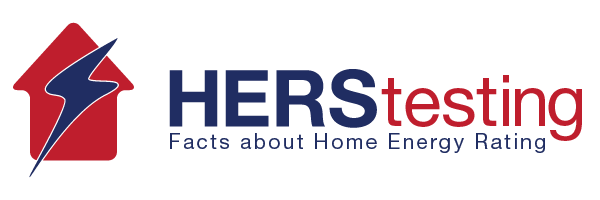![california-thumb[1] HERS Rating California](http://www.becomeareferee.com/wp-content/uploads/2010/12/california-thumb1.gif) HERS Testing has been an active part of the California building code since 1999. At that time, a basic level of field verification and diagnostics were required of residential building projects to show compliance with the Title 24, Section 6; Building Energy Efficiency Standards.
HERS Testing has been an active part of the California building code since 1999. At that time, a basic level of field verification and diagnostics were required of residential building projects to show compliance with the Title 24, Section 6; Building Energy Efficiency Standards.
Currently, under the California 2016 Building Energy Standards, all new construction reviewed using the performance method requires a HERS Rater. HERS raters are responsible for modeling the home design and construction to comply with the current energy code. They also verify that it is built correctly according to plan through on-site inspection and diagnostic testing. Finally they suggest improvements that can be made to increase energy efficient performance.
California energy efficiency standards are reviewed every three years in response to new technologies and construction methods. These changes update construction requirements and efficiency standards in order to decrease energy usage while increasing the home’s comfort level. The 2016 code includes increased exterior wall and attic insulation, use of high efficiency lighting and increased efficiency of water heating systems. The following infographic shows the anticipated savings when using the California Building Energy Efficiency Standards.
Because California is such a large state with both extreme and mild climate conditions, there are 16 unique zones with their own compliance requirements. This is to be sure that new homes are built to be most energy efficient for that area of the state. Heating and cooling needs vary throughout the state and so must construction techniques must vary to meet these needs.
HERS raters should not be confused with HERS providers. HERS Providers are responsible for training, certifying and monitoring HERS raters. Currently California has two certified HERS providers: CalCerts and CHEERS. HERS raters perform the actual diagnostic and verification work on the individual building project.
